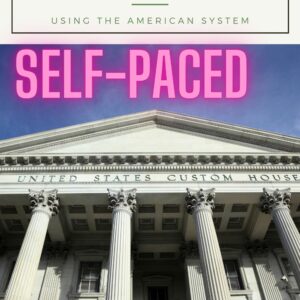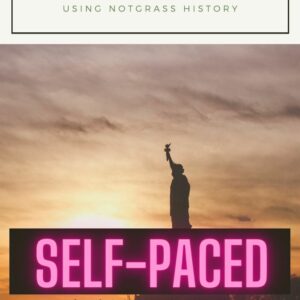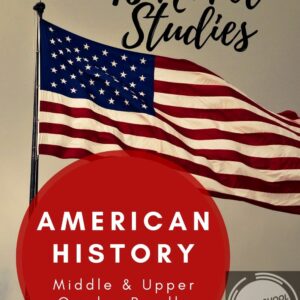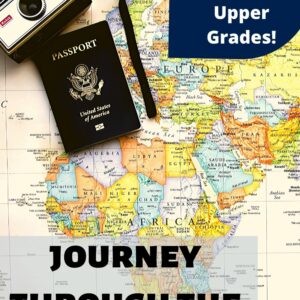Studying the civil rights movement helps students to better understand American history, making connections between the past and the present. Though the struggles have changed, the song remains the same, and we want a new generation to learn these principles of civics and how to be an active member of society.
Civil rights exist to protect individuals’ freedoms. These include freedom of speech, religion, press, assembly, privacy, and they protect individuals from being discriminated against based on race, age, gender, religion, and social class, etc. Also included are political rights such as right to fair trial, due process, self-defense, and the right to vote. These are freedoms which are called by many basic human rights and should not be infringed by any movement or agency. Many people have differing opinions on what are considered basic human rights, but human rights as we define it in a public setting are comprised in the Universal Declaration of Human Rights. This document was written in 1948 and includes definitions of various such civil and political rights.
.jpg)
Interactive Curricula
These online literary guides have everything you need to study the book. They include vocabulary, grammar, free-write questions, videos, rabbit trails, and project ideas.- Brown Girl Dreaming
- Bud, Not Buddy
- To Kill a Mockingbird
- Up from Slavery
- Martin Luther King Jr
- Smithsonian Museum of African American History & Culture
The Written Word
Beef up your homeschool library with these additional helpers.
- Civil Rights Trail Guide
- Civil Rights: Then and Now (covers several rights)
- A Class Apart (Mexican civil rights)
- The Watsons Go to Birmingham
- Bud, Not Buddy
- Black Heritage Letters
A Novel Approach
Using spine literature, novel studies incorporate research, writing, hands-on projects, and video to bring a unit to life.
- Poetry of Langston Hughes unit
- The Watsons Go to Birmingham unit
- Sharecropping & Sounder unit
- To Kill a Mockingbird & Systemic Racism
- African-American Mythology
- Freedom Summer & Summer of 1964
Course Curricula
Go in-depth with your studies, covering a full semester or more with lessons, videos, readings, and projects.
- History of the Civil Rights Movement
- Teaching the American Civil War
- Co-op Lesson Plans for a variety of civil rights events



